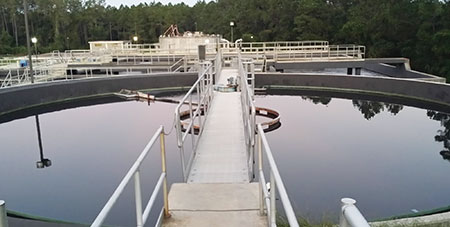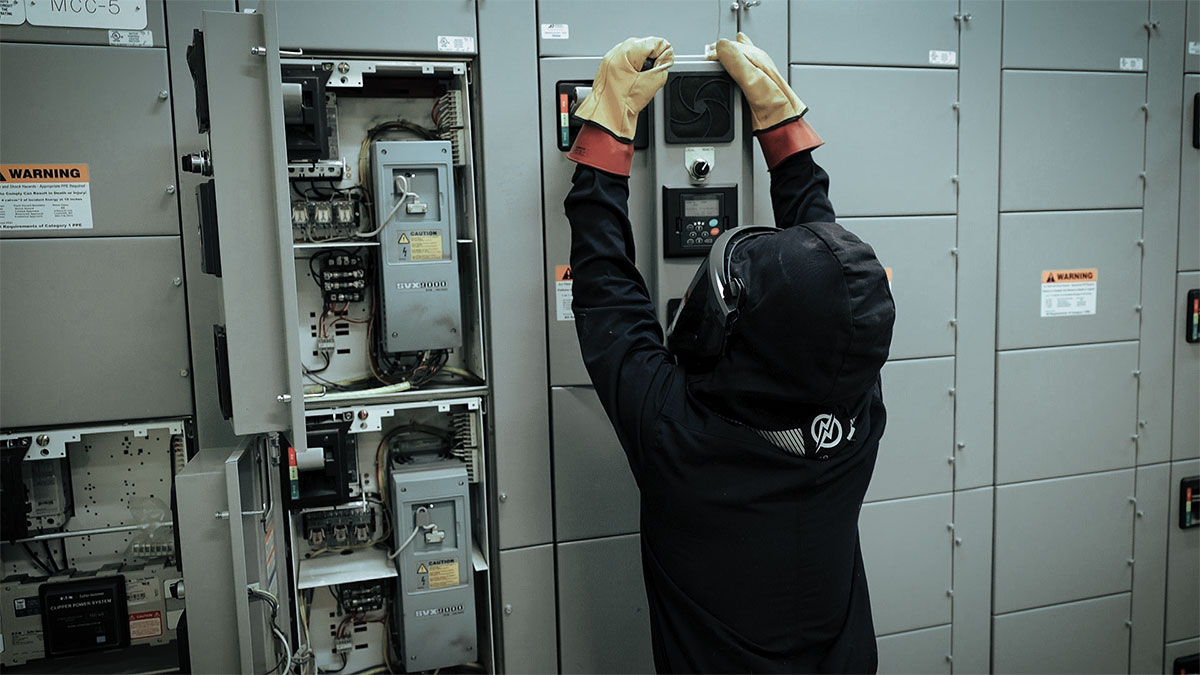May is National Electrical Safety Month, and the Electrical Safety Foundation International (ESFI) is launching its annual effort to help reduce electrically-related fatalities, injuries, and property loss. This year’s campaign aims to “Decode the National Electrical Code® (NEC) to Prevent Shock and Electrocution,” and features a library of resources to help protect against common electrical hazards while raising awareness of the importance of the full and prompt adoption of the NEC.
Summer is the peak time for water-based leisure activities and despite the fact that swimming and boating are recreational by nature, the age-old caution that water and electricity do not mix must be strictly enforced. Each year, too many lives are lost due to a serious hazard that is still not widely understood: electric shock drowning (ESD). Known as the “invisible killer,” ESD occurs in fresh water when a typically low-level alternating current passes through the body, causing muscular paralysis and eventual drowning.
While ESD deaths continue to occur, several states are taking positive strides to combat the problem. In 2014, Tennessee passed the Noah Dean and Nate Act, named in memory of two boys who died from electrical injuries they suffered on July 4, 2012, at a marina. An inspection following the tragedy found that the marina did not have ground-fault circuit interrupters (GFCIs), a critical safeguard that prevents instances of electrocution. Under the Noah Dean and Nate Act, Tennessee marinas must install ground-fault protection, post notices about the danger of electrical leakage into waters surrounding a marina, and undergo safety inspections by the state fire marshal. West Virginia passed a similar law in 2013, and Arkansas enacted legislation in 2012 after several electrocutions near docks in and around that state. In Missouri, the Alexandra and Brayden Anderson Electric Shock Drowning Prevention Act, named after siblings who were electrocuted while swimming, is being considered in the state legislature.
The NEC first addressed GFCI protection in marinas with the 2011 revision of the National Electrical Code®, which introduced the requirement of GFCI protection in marinas and boatyards. Inspections were recommended annually but were not enforced in states that had not passed legislation to address the ESD problem.
The 2017 NEC improved upon this requirement and includes two important changes. The first reduces the maximum level of ground-fault protection of equipment in marinas and boatyards from 100 mA to 30 mA. This change is intended to limit the amount of electrical current that can pass into the water, which reduces the hazards that lead to electric shock drowning.
The second important change requires mandatory signage at key locations. Much like related state legislation, signage must be posted at all marina and boatyard facilities that proclaims: “WARNING – POTENTIAL SHOCK HAZARD – ELECTRICAL CURRENTS MAY BE PRESENT IN THE WATER.” Further, swimming is to be prohibited within 50 meters of any dock that has power.
The 2017 NEC is a critical turning point for combating Electric Shock Drowning. However, states must adopt the latest edition of the NEC in order to benefit from its protection. As of March 1, 2017, Massachusetts is the only state to adopt the 2017 NEC. This National Electrical Safety Month and beyond, ESFI is committed to raising awareness of the full and prompt edition of the NEC, and we encourage IAEI members and companies across the electrical industry to aid us in doing so.















Find Us on Socials